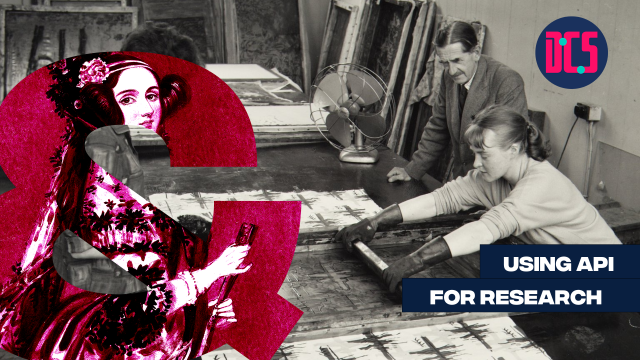Digital Method of the Month: Working with Generative AI Tools

Hybrid
Have you seen a presentation on digital research methods and wondered if they are applicable to your work? Are you interested in learning new digital skills but unsure where to start?
This is the right place for you!
The digital method of the month meeting is a safe space to freely discuss the practicalities of learning and implementing a new digital skill in your research.
Each month we select a method, and we have an honest and practical discussion on what it takes to learn and master it. How much time will it take to get the basics? What are the software options available? What are the most common pitfalls? Where can you find more info on the subject?
The method of this month is software development with Generative AI. Large Language Models are augmenting the way we process and produce text and one of the oft-cited contexts of these tools’ revolutionary potential is that of the production of code. During this session we will discuss trade-offs regarding gains in productivity and the dangers of producing executable code; how the development of these tools changes the nature of learning to code; as well as best practices and strategies for exploring this safely.
This is a beginner-level event, and no previous knowledge of the method is required.
Those who have registered to take part will receive an email with full details on how to get ready for this event.
This Digital Method of the Month will be taught by Martin Disley.
If you’re new to this training event format, or to CDCS training events in general, read more on what to expect from CDCS training. Here you will also find details of our cancellation and no-show policy, which applies to this event.
You may be interested in these other training events:
- Efficient Prompting for Generative AI Tools
- Silent Disco: Facial Recognition in Historical Photographs with Artificial Intelligence in Python
Return to the Training Homepage to see other available events.
Room 4.35, Edinburgh Futures Institute
This room is on Level 4, in the North East side of the building.
When you enter via the level 2 East entrance on Middle Meadow Walk, the room will be on the 4th floor straight ahead.
When you enter via the level 2 North entrance on Lauriston Place underneath the clock tower, the room will be on the 4th floor to your left.
When you enter via the level 0 South entrance on Porters Walk (opposite Tribe Yoga), the room will be on the 4th floor to your right.












